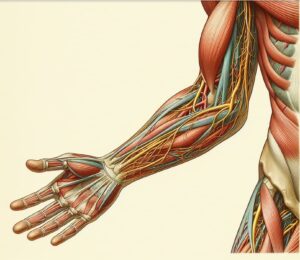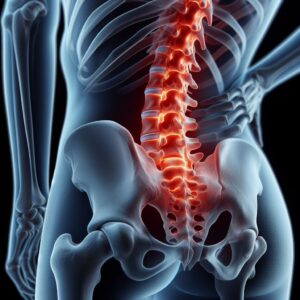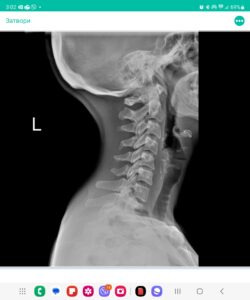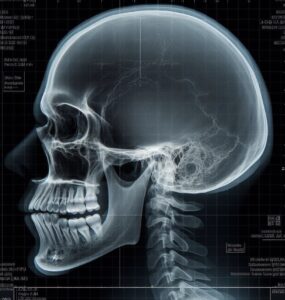
Dr. Petya Stefanova
Teacher
Assistant at the Faculty of Medicine at Sofia University and resident physician in Neurology at Sofiamed University Hospital.
Questions
Summaries
Videos
Audios
When patient is asked to look to the right, his left eye moves to the right but his right eye remains straight ahead. Which nerve is affected?
October 13, 2023
What is a key difference between peripheral and central facial nerve palsy?
October 13, 2023
Кои от изброените са хиперкинетични екстрапирамидни синдроми?
September 28, 2023
How is the finger-to-nose test for coordination typically performed in a neurological examination?
September 28, 2023
Липсата на кое вещество се свързва с развитието на Паркинсонов синдром?
September 28, 2023
What is dysmetria in the context of a neurological examination?
September 28, 2023
What are the key components of the extrapyramidal system in the brain?
September 28, 2023
What is the correct interpretation if during the finger-to-nose test the patient’s tremor increases in amplitude as finger approaches the target?
September 28, 2023
What is spasticity in the context of neuromuscular disorders?
September 28, 2023
What best describes disdiadochokinesis in the context of a neurological examination?
September 28, 2023
What does the “cogwheel sign” typically refer to in a clinical context?
September 28, 2023
What is nystagmus in the context of a neurological examination?
September 28, 2023
Which of the following statements best describes parkinsonism?
September 28, 2023
What does the mnemonic “DANISH” represent in the context of cerebellar disease assessment, and what do its components stand for?
September 28, 2023
Which features are typically associated with Parkinson’s syndrome, a neurological disorder that is characterized by motor symptoms?
September 28, 2023
What is typically observed in terms of deep tendon reflexes in individuals with basal ganglia lesions?
September 28, 2023
What substance is primarily associated with the development of Parkinson’s disease?
September 28, 2023
Коя от изброените структури не се отнася към екстрапирамидната система?
September 28, 2023
Which of the following is an example of a hyperkinetic extrapyramidal syndrome?
September 28, 2023

Q 2.1. Peripheral Nervous System Disorders. Classification. Neuralgia, mononeuritis, plexitis. Treatment.
February 2, 2024
No videos found
Fake Smiles, Real Damage: How Digital Joy Breeds Fear and Anger
May 3, 2025
Understanding Neuropsychological Evaluations: What to Expect
February 25, 2025
Невропсихологическо изследване – индикации, провеждане и резултати
February 24, 2025
Невропсихологическо изследване – индикации, провеждане и резултати
February 24, 2025



